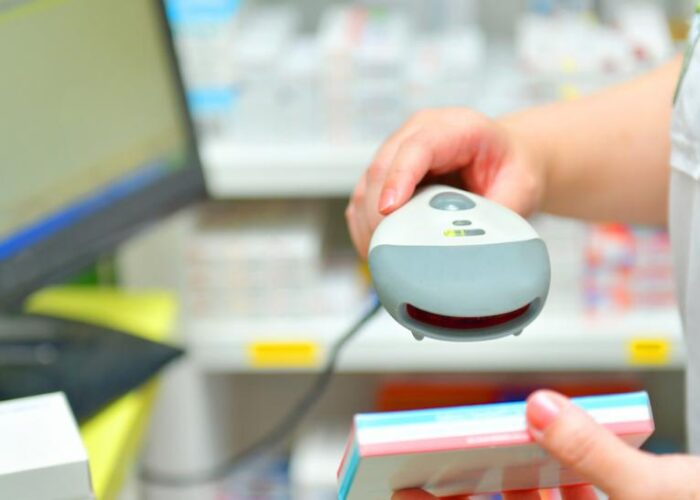This is how to handle FMD alerts quickly and in a structured way [pharma roadmap].

What are FMD alerts and when do you get them?
The topic of FMD alerts is a hot topic within the pharmaceutical industry. About 4 years ago, these alerts were introduced from the European Falsified Medicine Directive (FMD) regulation as a measure to combat counterfeit medicines on the market.
Did you receive the drugs from a Marketing Authorization Holder (MAH) or a dedicated Third Party Logistics provider? Then you don’t have to scan the boxes. In all other cases, as a pharma wholesaler, you must check the serial number of each box of medications received for authenticity. This can be done by scanning the barcode. If there is a problem with the serial number (or the batch, GTIN or expiration date), then the wholesaler, the supplier and the government receive a so-called FMD alert. Such an FMD alert can be, for example: expiration date unknown, serial number unknown, item has been exported, item has been “decommissioned,” or item has been destroyed. If you receive such an alert, you have work to do. And that is often not easy.

Following up FMD alerts: roadmap
If you have received an FMD alert, action is required. You should take at least the following steps:
1. Analysis: why did you receive the alert
If you trigger an alert when scanning, you need to start an investigation and quarantine the box. The investigation focuses on finding out what triggered the error message. Producer and government also get an alert and must start an investigation. There must be a conclusive explanation for the alert, with everything documented.
2. Reporting on the cause of the alert
Once the cause is known, it must be reported to the appropriate government agency. This should include all relevant documentation.
Common causes of “false” FMD alerts
A relatively large proportion of FMD alerts involve so-called “false” alerts. In that case, the drug is not falsified but the error message is usually based on these causes:
for example, if the scanner is not properly adjusted, resulting in the same code being scanned multiple times or the code being misread
earlier in the chain, such as when serial numbers are uploaded, an incorrect date or scans for exports that did not take place.
If the reason for the alert is unclear, the question usually comes down to the manufacturer. Possibly the serial number was not uploaded, error messages were not followed up, or the drug did not come from that manufacturer after all.
So usually it is not because of the wholesaler
The frustrating thing about FMD alerts is that the cause is usually not your wholesaler, but you have a lot of work to do with them. After all, the government expects you to take all alerts seriously. Now that the corona measures have been lifted, the government has intensified site inspections and audits again. So handling alerts half-heartedly is really not an option.
Succession is becoming an increasing problem
Resolving FMD alerts is labor-intensive. Especially if your company performs this manually and communicates with affected parties via e-mail. This is because employees do not always know what is expected of them. As a result, the process is laborious and difficult to track. Reporting on all alerts is then also complicated and time-consuming. In addition, not all parties are aware of the current status of an alert and thus quickly work alongside each other.
Software makes this process easier
How can you make this process easier? By using software that controls the entire process, centrally stores all collected information (photos, information about supplier, scanner, who scanned) and allows you to easily report to the government. Such software simplifies scanning and is integrated with government medical verification systems. The software provides up-to-date visibility into the current status of the alert for all parties. This avoids wasting time on alerts that have already been handled. An additional advantage is that the system works for several countries. So even with international trade, you have one central cockpit in which you can resolve alerts at once.
Manage FMD alerts within your ERP environment.
One step further is to integrate such a system with your ERP system. This might include, for example, automated tracking of FMD alerts in the Quality Assurance department. Problem descriptions, analysis and resolution are then tracked centrally, making reporting easier and speeding up process improvement. This allows you to implement the CAPA (Corrective And Preventive Actions) principle, that is, you improve your wholesale processes by eliminating the causes of deviations from the standard or other undesirable occurrences.
Our solution?
Are you interested in automating the follow-up of FMD alerts?
Our consultants can tell you all about the possibilities within SAP Business One. You can book a free consultation with one of our advisors here.
